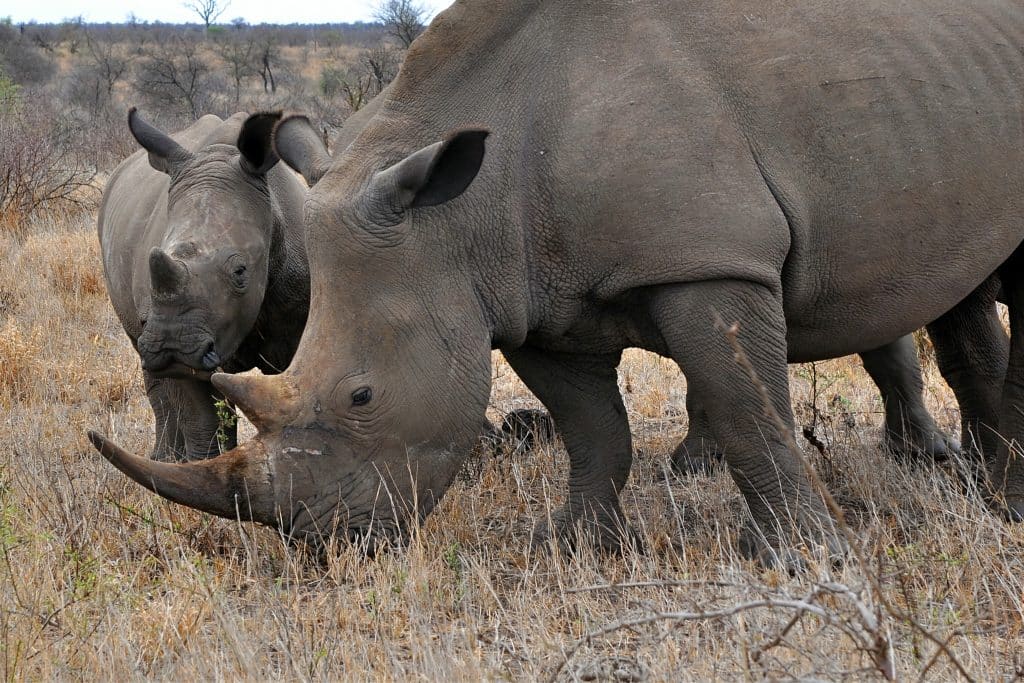Future generations may not know the rhino. According to a recent report by the International Union for Conservation of Nature (IUCN), the African rhino population has been declining by about 1.6% per year, from an estimated 23,562 individuals in 2018 to 22,137 at the end of 2021.
In South Africa, the main stronghold of the large mammal with almost 80% of the world’s population, the situation is more worrying. According to the non-governmental organisation (NGO) Save the Rhino International, nearly 10 000 of these mammals roamed the Kruger Park (South Africa’s largest wildlife park) in 2013. At least 75% of the population has disappeared in less than a decade.
On World Rhino Day, 22 September 2022, the South African government and its partners highlighted efforts to combat threats to the rhino, including poaching.
A proactive and integrated approach
Poaching is identified as the main threat to the rhino’s existence. In wild reserves, rhinos are killed for their horns, which are highly sought after in Asia for their alleged aphrodisiac properties. According to the Convention on International Trade in Endangered Species of Wild Fauna and Flora (CITES), a single horn can fetch up to 90 000 euros.
Read also-AFRICA: Rhino poaching remains critical despite slight decline
To combat the disease, South Africa has embarked on a proactive and integrated approach. “The Department of Forestry, Fisheries and Environment, in cooperation with provincial conservation authorities, South African National Parks (SANParks), private rhino owners and the South African Police Service (SAPS), are working hand in hand to stop rhino poaching,” explains Barbara Creecy, South Africa’s Minister of Forestry, Fisheries and Environment. In 2021, South African authorities arrested 69 suspected poachers and traffickers of rhino horns, including 13 in the Kruger Park.
Boris Ngounou
